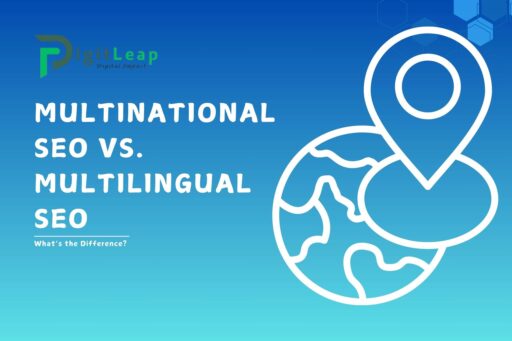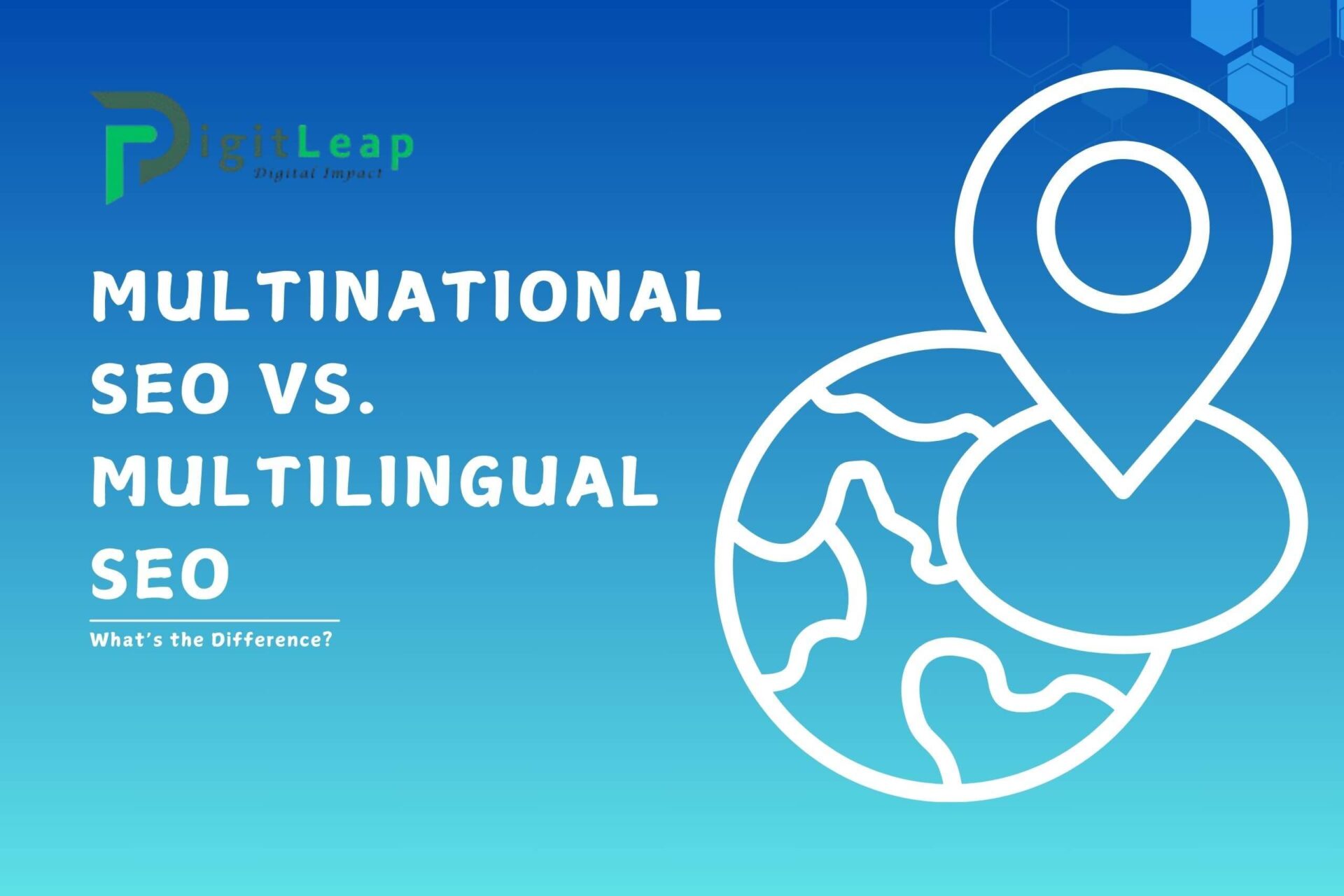Multinational SEO vs. Multilingual SEO: What’s the Difference?
When expanding into international markets, businesses often encounter two key SEO strategies: multinational SEO and multilingual SEO. While both strategies aim to improve search visibility across borders, they focus on different aspects of international SEO. Here’s a breakdown of their differences:
1. Multinational SEO: Targeting Different Countries
- Definition: Multinational SEO refers to optimizing a website to rank in specific countries or regions, regardless of the language spoken. It focuses on targeting geographic audiences.
- Key Factors:
- Use of country code top-level domains (ccTLDs) (e.g.,
example.cafor Canada,example.ukfor the UK). - Geotargeting with tools like Google Search Console to tell search engines which country a site or subdomain is meant to serve.
- Localization of currency, shipping methods, and time zones.
- Use of country code top-level domains (ccTLDs) (e.g.,
- Example: An e-commerce store creating separate pages for customers in the U.S., UK, and India, even though all three pages are in English.
2. Multilingual SEO: Targeting Different Languages
- Definition: Multilingual SEO involves optimizing a website to rank for users searching in different languages, regardless of location. This strategy focuses on language-specific content and keywords.
- Key Factors:
- Use of hreflang tags to indicate language variations for the same content (e.g.,
enfor English,esfor Spanish). - Accurate translation of content and keywords to align with local terminology.
- Adapting meta tags, headers, and descriptions to the language-specific search intent.
- Use of hreflang tags to indicate language variations for the same content (e.g.,
- Example: A company offering versions of its site in English, Spanish, and German to cater to users in various linguistic regions.
Key Differences Between Multinational and Multilingual SEO
| Aspect | Multinational SEO | Multilingual SEO |
|---|---|---|
| Focus | Country or regional targeting | Language targeting |
| Tools | ccTLDs, subdomains, Search Console | Hreflang tags, language-specific URLs |
| Content Strategy | Currency, shipping, cultural differences | Keyword translation and localization |
| Audience | Geographic regions (e.g., Europe, Asia) | Language-based audiences (e.g., French speakers worldwide) |
When to Use Multinational vs. Multilingual SEO?
- Multinational SEO: When your business model or product varies between countries, requiring different services or offers by location.
- Multilingual SEO: When you need to communicate with audiences in different languages, even if they reside in the same country (e.g., Canada’s English- and French-speaking populations).
Combining Both Strategies
Many global businesses need to implement both multinational and multilingual SEO. For example, an international airline might target Spanish speakers in Spain with localized content (multilingual SEO) and offer different prices or flight deals in Spain vs. Mexico (multinational SEO).
By understanding these two strategies, businesses can create a more tailored, effective SEO approach, improving their reach and customer experience globally.






